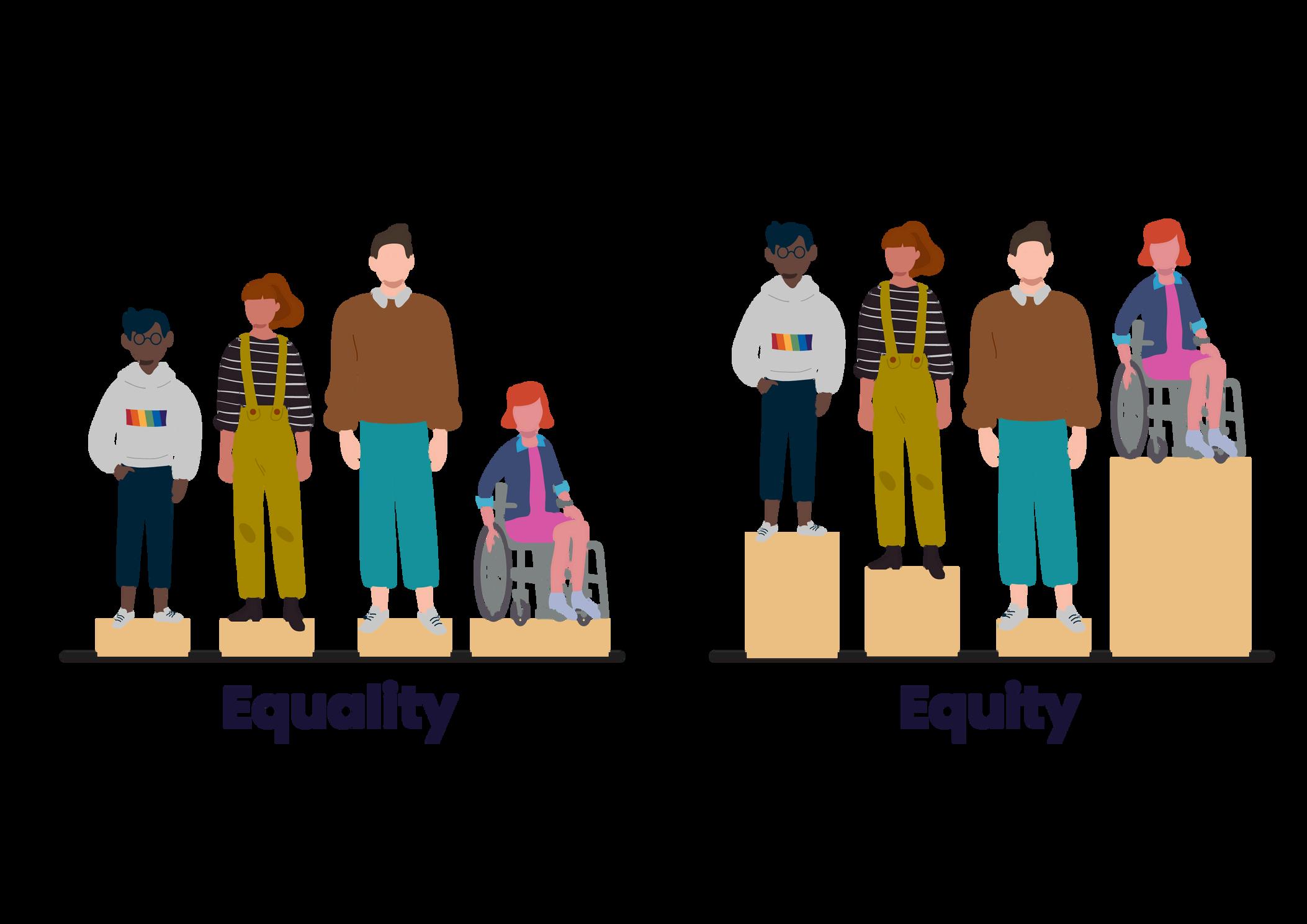
2 minute read
Bridging the Gap: How Patient Advocacy is Shaping Access to Medications in Canada
WhereAdvocacyMakestheDifference
Patient advocacy has emerged as a transformative force in addressing these challenges. Advocacy groups amplify the voices of those who are too often sidelined in drug access conversations—patients themselves.
InfluencingHealthTechnologyAssessments
CDA/CADTH and INESSS increasingly invite patient submissions as part of their review process. These are not merely anecdotal stories—they are powerful qualitative evidence of how disease impacts daily life, mental health, employment, caregiving burdens, and more. By humanizing data, advocates provide a broader picture of a medication’s value beyond cost per qualityadjustedlifeyear(QALY).
Patient groups like Myeloma Canada, Cystic Fibrosis Canada, and the Canadian Organization for Rare Disorders (CORD) have become respected contributors to the HTA process, ensuring that recommendations considerreal-worldpatientperspectives.
PolicyandSystemicChange
Advocates have played a key role in shaping federal policy. The National Strategy for Drugs for Rare Diseases, announced in 2023, was a direct result of sustained lobbying, research, patient testimonies, and collaborative pressure on the government to address gaps in rare disease treatment access.
Patient groups have also influenced reforms to the Patented Medicine Prices Review Board (PMPRB) framework, which, though controversial, showed how patient engagement could both support and challenge regulatory bodies when access is at stake.
FillingtheGapswithNavigationandSupport
Advocacy organizations often act as navigators and lifelines for patients lost in the healthcare system They help individuals understand how to appeal denied drug coverage, access compassionate access programs from pharmaceutical companies, or apply for financial assistance. Without these groups, many patients especially those without private insurance would have no clearpathtotreatment.
For instance, Save Your Skin Foundation, focused on melanoma, helps patients access immunotherapydrugs.
Bridging the Gap: How Patient Advocacy is Shaping Access
Equity in Access: A Core Advocacy Goal
Advocacy isn’t just about pushing for the newest drugs it’s also about ensuring equitable access for all populations. Indigenous, rural, and racialized communities often face disproportionate barriers to care, whether due to a lack of nearby specialists, lower rates of private insurance, or historical mistrust of the healthcare system.
Patient advocates work to:
Increase awareness about systemic inequities
Push for inclusive clinical trials that reflect Canada’s diversity.
Ensure culturally competent care and materials. Advocate for decentralized delivery models (e.g., virtual care, rural infusion sites).
In this way, advocacy becomes not only a voice for the individual patient, but a mechanism for structural change.
RealStories,RealImpact

Thepowerof advocacy isperhapsbestillustratedthroughstories
Take the example of Trikafta, a game-changing drug for cystic fibrosis Canadian patients and their families launched coordinated campaigns under the banner of #TrikaftaNow, sharing videos, writing letters, holding media interviews, and rallying public support. Their efforts led to an accelerated Health Canada approval and a swift recommendation by CADTH. As a result, Trikafta was listed on several provincial formularies within months unheard of for a rare disease drug justyearsearlier.
Another example is the MPN (myeloproliferative neoplasm) patient community, which has pushed for early access to promising therapies through compassionate use programs, participation in clinical trials, and patient education platforms that empower people to speak directly todecision-makers
These stories show that when patients become advocates, policy can move faster, systems can bend,andlivescanbechanged.










